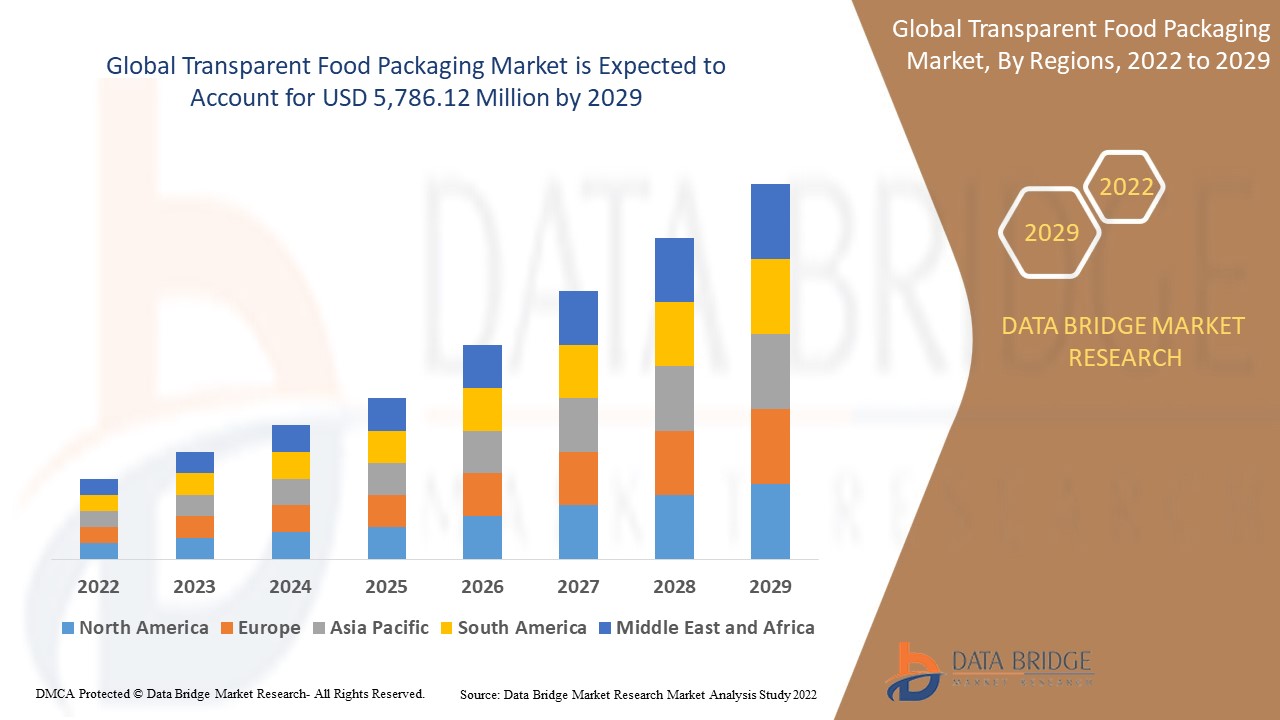Advanced Tactics for Next-Level B2B Marketing Campaigns
Marketing teams now focus on building campaigns that do more than just generate leads. The goal is to nurture relationships, establish brand authority, and position their solutions as irreplaceable assets. Using advanced technologies, smarter data, and refined messaging, marketers can take campaigns to the next level.

In a digital-first B2B environment, traditional marketing approaches no longer suffice. Businesses that aim to outperform the competition must infuse creativity, precision, and innovation into their B2B marketing campaigns. This shift demands new thinkingwhere personalization meets automation, and insights drive every move.
Behavioral Segmentation: A New Standard in Campaign Targeting
Behavioral segmentation has become a cornerstone of advanced B2B marketing campaigns. Rather than relying solely on static firmographics, marketers now track how prospects engage with content, interact on-site, and respond to past campaigns.
This data fuels dynamic segmentation, enabling marketing teams to tailor messaging and content delivery in real-time. A prospect who downloads a whitepaper may receive a product-specific email, while someone who visits a pricing page might be retargeted with a demo offer. This approach boosts engagement and accelerates conversion.
AI and Predictive Analytics in Campaign Execution
Artificial Intelligence (AI) and predictive analytics are changing the way businesses plan and run B2B marketing campaigns. AI tools can analyze large datasets to uncover intent signals, audience trends, and optimal engagement timeshelping marketers refine who they target and how.
Predictive lead scoring, automated content recommendations, and intelligent bidding in ad platforms all contribute to better results. By forecasting buyer behavior, marketing teams can prioritize high-converting segments and deliver relevant content before the competition does.
Interactive Content as a Lead Engagement Driver
Static content still has value, but interactive experiences are now a key differentiator in B2B marketing campaigns. Tools like ROI calculators, quizzes, assessments, configurators, and surveys offer mutual valueeducating the user while delivering insights back to the marketing team.
These experiences increase time on page, improve conversion rates, and create memorable touchpoints in the buyers journey. Interactive content also serves as a powerful middle-funnel asset, helping prospects evaluate their needs while building brand trust.
Video Marketing for Better Campaign Performance
Video continues to rise as one of the most effective mediums in B2B marketing campaigns. Explainer videos, customer testimonials, product demos, and executive interviews make complex ideas more accessible and compelling.
Embedding videos in landing pages, emails, and social media campaigns significantly increases engagement. Using personalized video tools, marketers can even send one-to-one videos to high-value leadscreating stronger emotional connections and higher response rates in ABM campaigns.
Intent-Based Campaign Strategies for High-Intent Leads
Intent data enables marketing teams to identify buyers who are actively researching or showing signs of purchase interest. Integrating this intelligence into B2B marketing campaigns empowers marketers to engage buyers at the right moment, with the right message.
Campaigns can be triggered based on third-party search behavior, content consumption patterns, or competitor comparisons. As a result, marketing teams reduce wasted spend and increase win rates by focusing their energy on high-propensity buyers.
Omnichannel Personalization at Scale
Modern B2B marketing campaigns span multiple touchpointsfrom emails and display ads to LinkedIn messages and webinar follow-ups. To maintain consistency, marketers must use omnichannel personalization, where a buyers experience feels unified across all channels.
Using marketing automation and customer data platforms (CDPs), marketers create campaigns that adapt based on real-time behavior. For example, a user who abandons a demo sign-up can receive a personalized email and be retargeted on social media within hours.
Influencer and Thought Leadership Integration
Influencer marketing is no longer exclusive to B2C. In B2B, collaborating with industry thought leaders can bring authenticity and visibility to B2B marketing campaigns. These individuals often have large followings within niche markets and can help extend your message to qualified audiences.
Webinars, co-authored content, expert interviews, and event appearances with thought leaders drive higher trust and credibility. Associating your brand with respected voices also accelerates content engagement and improves lead quality.
Real-Time Campaign Optimization with AI
Waiting for a campaign to end before evaluating performance is outdated. With real-time optimization powered by AI, B2B marketing campaigns now adjust mid-flight based on live data. Ad platforms can automatically shift budgets to high-performing creatives, while email systems test subject lines and send times dynamically.
Real-time reporting dashboards allow teams to make data-driven changes immediatelyimproving CTRs, reducing bounce rates, and increasing pipeline contribution. This agile approach maximizes ROI and enhances campaign responsiveness.
Sustainability and Purpose in Campaign Messaging
Todays B2B buyers care about more than just product featuresthey value purpose, ethics, and sustainability. Integrating these values into B2B marketing campaigns adds emotional resonance and differentiates your brand.
Campaigns that highlight corporate social responsibility (CSR) efforts, environmental impact, or diversity initiatives appeal to modern decision-makers. Transparency around company values can be a powerful tool in brand storytelling, particularly in high-value or long-term partnerships.
Event-Driven Campaigns and Virtual Engagement
Eventswhether in-person or virtualremain a vital part of the B2B landscape. Successful B2B marketing campaigns often tie into major industry events or proprietary conferences. Campaigns built around events can include teaser emails, live social coverage, exclusive content, and follow-up sequences.
Post-event campaigns that include session recordings, key takeaways, and lead-specific recommendations help keep the momentum going. Virtual events and webinars also offer scalable ways to reach large audiences while collecting valuable behavioral data.






























